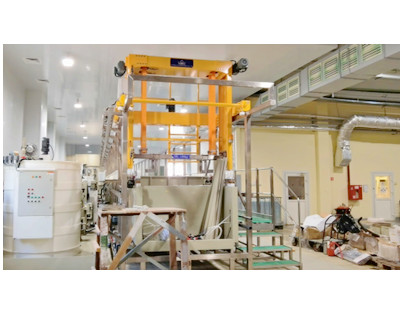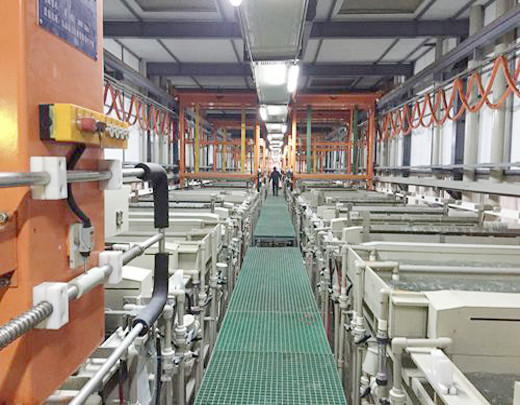Electroplating is a method of laying a layer of metal on a conductive body using the principle of electrolysis. There are many types of electroplating, and zinc nickel alloy is one of them. Zinc nickel alloy plating solutions include weakly acidic chloride type, sulfate type, and alkaline zinc acid type. Among zinc based alloys, zinc nickel alloy coating is a new type of excellent protective coating, suitable for use in harsh industrial atmospheres and harsh marine environments. The corrosion resistance of zinc nickel alloys with a nickel content of 7-9% is more than three times that of zinc coatings; The corrosion resistance of zinc nickel alloy coatings with a nickel content of about 13% is more than 5 times that of zinc coatings, and it has the best corrosion resistance.
Due to its excellent properties such as high corrosion resistance, low hydrogen brittleness, weldability, and machinability, zinc nickel alloy has long attracted people’s attention and its application range is becoming increasingly widespread. Zinc nickel alloy coating has a high melting point and is suitable for electroplating automotive engine parts with low hydrogen embrittlement. It is suitable for electroplating on high-strength steel and can be used as a substitute for cadmium coating, mostly used in military products.
Zinc nickel alloy plating solutions are mainly divided into two types: one is a weakly acidic system, which has simple composition, high cathode current efficiency (usually above 95%), stable plating solution, and easy operation. Another type is alkaline zinc salt plating solution, which has the main advantages of good dispersion ability, uniform proportion of alloy components in the coating within a wide current density range, uniform coating thickness, less corrosion to equipment and workpieces, easy process operation, stable p





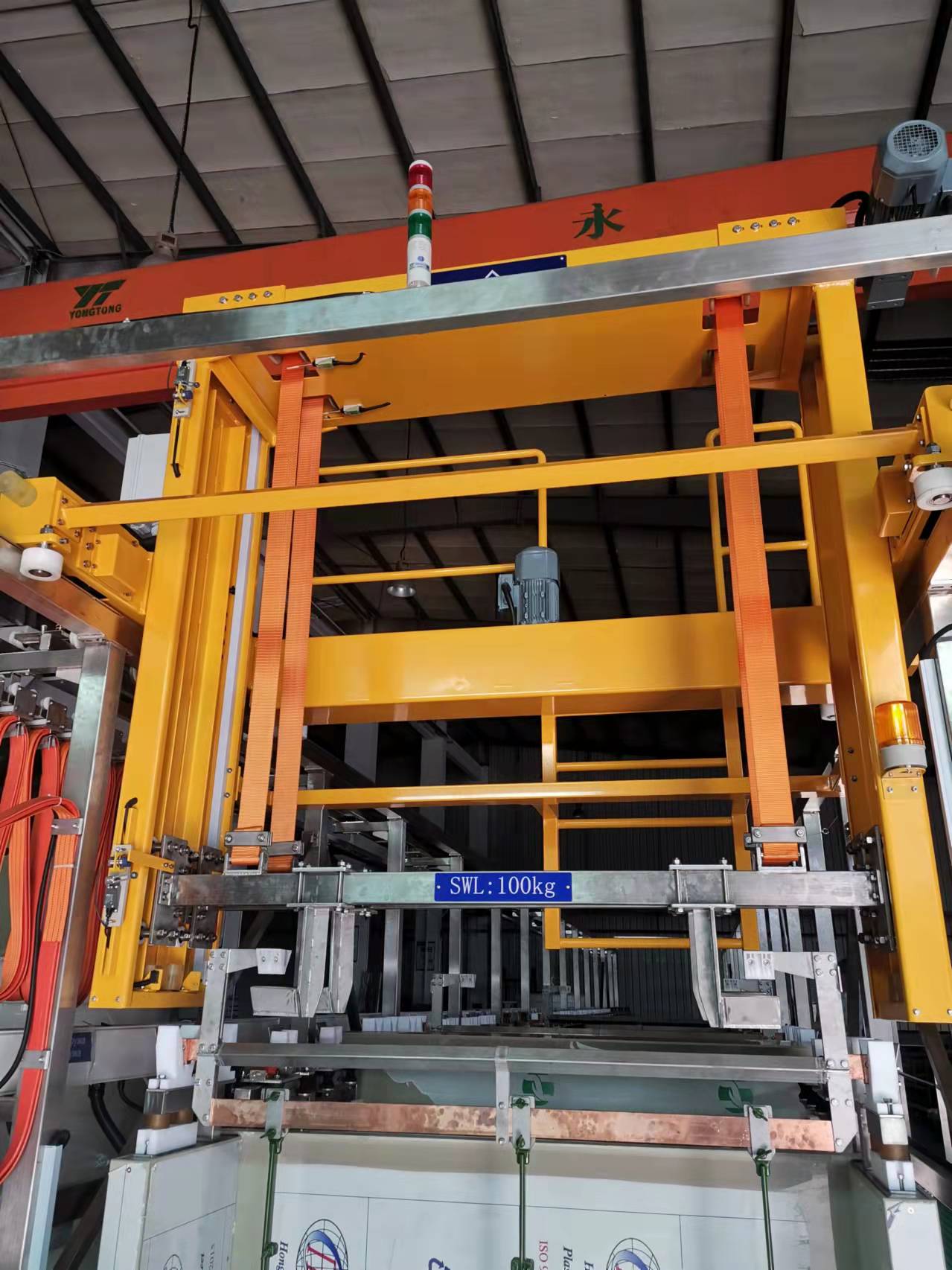
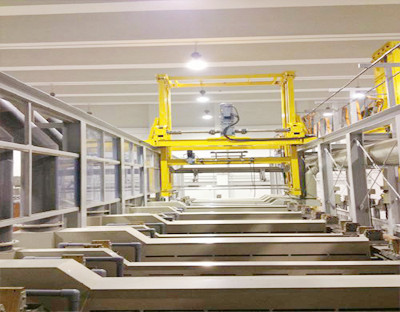
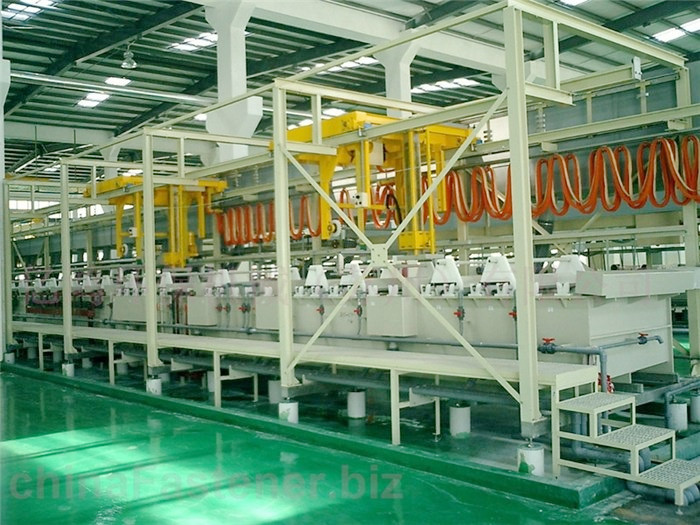
 Nov. 09, 2021
Nov. 09, 2021 